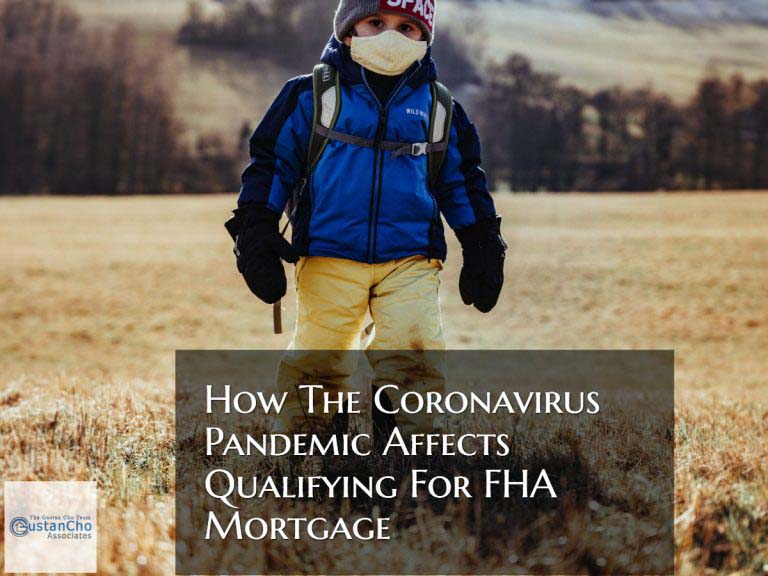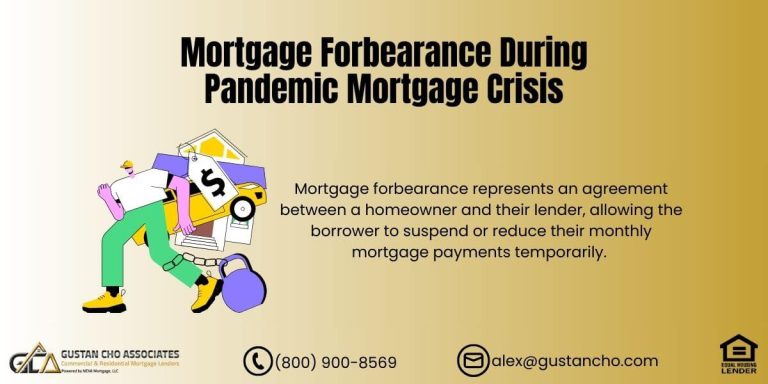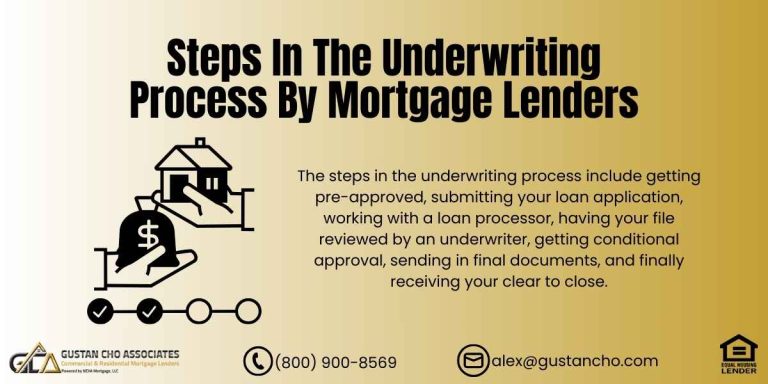This ARTICLE covers the CFPB Eliminating TRID to help mortgage borrowers. Breaking News on CFPB Eliminating TRID: The mortgage industry was completely revamped after the 2008 Credit and Mortgage Meltdown. All subprime lenders closed their doors. Teaser rates were the cause of countless homeowners foreclosing on their homes. Mortgage Fraud was common and was blamed as part of the reason why the mortgage crisis started. The NMLS was created and implemented. Predatory Lending was a way of doing business.
The self-regulatory government agency had the power to investigate, hear, decide, and fine lenders if they violated any laws. Consumer Protection was now the name of the game.
Regulators and Lawmakers put their heads together and created the powerful Consumer Financial Protection Bureau (CFPB). The CFPB was the new sheriff in town for mortgage companies. One of the landmark regulations the CFPB created and launched was TRID. TRID was created and implemented by the federal agency to protect consumers. However, over the years, TRID is hurting versus helping mortgage borrowers. This is the reason the CFPB is thinking of making changes and/or totally eliminating TRID. In this article, we will cover and discuss CFPB eliminating TRID due to hurting versus helping borrowers.
CFPB Shrinking TRID Red Tape for Mortgage Borrowers
The Consumer Financial Protection Bureau (CFPB) is looking at big changes to the TRID rule. TRID stands for TILA-RESPA Integrated Disclosure. Agency officials think cutting some TRID requirements could lower home buyers’ fees. John Strange, a senior mortgage loan officer at Gustan Cho Associates says the following about the CPFB eliminating TRID:
If all goes according to plan, the changes will kick in on August 13, 2025. Among the ideas is a ban on lenders’ title insurance charges.
The goal is to lessen the financial load on first-time home buyers and families with limited incomes. In this post, we break down what the changes could mean, how they might affect mortgage rates, and how borrowers can stay ahead in this shifting market.
Big Changes Coming for Mortgage Borrowers
The CFPB is eliminating TRID — see how this could simplify your home loan process.
What TRID Does and Why It Matters to Loans
The TRID rule came into effect in 2015 through the Dodd-Frank Act. It combined the Truth in Lending Act (TILA) and the Real Estate Settlement Procedures Act (RESPA). As a result, lenders now use the same Loan Estimate and Closing Disclosure forms for nearly every mortgage. These forms dress up the numbers so borrowers can see what they’re paying for. Dale Elenteny, a senior mortgage loan originator at Gustan Cho Associates says the following about the CFPB eliminating TRID:
The rule worked well enough that the CFPB’s 2020 check-up found it did boost consumer knowledge. The downside, however, was that it piled extra paperwork on lenders.
This extra burden translated into a bump in compliance bills, which some analysts say were passed to borrowers. For example, the national average for 30-year fixed mortgage rates hit 6.49% in August 2025. Those costs helped drive the numbers upward.
Why CFPB Is Eyeing TRID for Reform
The CFPB is looking at TRID because closing costs are climbing fast, especially hurting lower-income families. A March 2024 CFPB blog pointed to a 21.8% jump in Loan Costs between 2021 and 2022, with lenders’ title insurance and discount points in the spotlight. The CFPB thinks trimming these fees could make borrowing cheaper and help steady or lower mortgage rates in 2025, which are still high because the Federal Reserve keeps rates at 4.25% to 4.50%.
What The CFPB Eliminating TRID Might Mean for Borrowers
If TRID goes away, the must-have lender’s title insurance could disappear, saving folks thousands at the closing table. Title insurance usually costs between $1,000 and $2,000, a big hit for first-time buyers. Angie Torres, the National Operations Director at Gustan Cho Associates says the following about the CFPB eliminating TRID.
Still, chatter on X shows that lenders could tighten access to credit if they can’t use title insurance to lower risk, possibly leaving higher-risk borrowers with fewer loan options.
The CFPB’s April 2024 request for information hints that a draft rule could land in 2026, trying to thread the needle between making loans cheaper and keeping the market steady.
How TRID Changes Might Influence Mortgage Rates
Mortgage rates now sit at 6.49% for a 30-year fixed loan, and they react quickly to rate updates. Streamlined TRID compliance could cut lenders’ paperwork costs, giving them room to trim loan quotes. Yet, the industry believes that fewer safeguards could boost risk. In that case, lenders might respond by marking rates up to cover potential losses. The CFPB’s 2020 TRID overview showed that 40% of mortgages had a shift in APR, signaling that rates can wobble under rule tweaks—and that wobble could carry on if TRID gets more heat.
Perks for First-Time and Low-Income Homebuyers
First-time buyers and low-income families usually fight the heaviest closing-cost load, so they’ll reap the biggest rewards from TRID updates. The CFPB plans to cut repeat charges, like the lender’s title fee, which helps Black and Hispanic families—and those taking out smaller loans—who already come to the table with fewer resources. Last year, the CFPB pegged total closing costs at $6,000 on average, so shaving fees can shift the budget meaningfully. Less cash upfront means a bigger shot at the 75.3% homeownership level reported in Q2 2025.
Challenges and Industry Warnings About TRID Cuts
Experts—including former CFPB official Richard Horn—caution that simply cutting fees, like title insurance, could run into legal problems. TRID, TILA, and RESPA mainly focus on clear disclosure, not outright banning fees. CFPB’s extensive TRID testing has already shown that borrowers understand the main costs involved, making the need for more overhaul unclear. Anatole Grosky, suggest lenders might tighten credit to riskier borrowers, making it harder to get a loan even if the upfront costs drop.
What Borrowers Should Do to Prepare
Borrowers must keep tabs on TRID news by following CFPB updates and talking to trusted mortgage pros. Comparing Loan Estimates from several lenders is a must since TRID changes could create more inconsistent offers. Currently, benchmark 15-year fixed rates hover around 5.78%, and 30-year FHA loans are near 6.29%, so shopping can land better rates. Also, double-check your lender’s adherence to the TRID rules to avoid surprise fees on closing day.
Homebuyers Could Benefit from TRID Elimination
See how this policy shift might improve approvals and reduce delays.
FAQ: CFPB Eliminating TRID
What is TRID and Why is it Important?
TRID is a rule that combines two older laws—TILA and RESPA—so that mortgage borrowers get short and clear explanations of loan costs. Key documents are the Loan Estimate you get early and the Closing Disclosure you see just before signing. While TRID helps you see what you’ll pay, it adds steps and costs for lenders, which can lead to slightly higher mortgage rates. The average rate for a 30-year fixed loan is 6.49%.
Why is the CFPB Thinking About Getting Rid of TRID?
The CFPB’s goal is to bring down closing costs. One big item, the lender’s title insurance, rose by 21.8% between 2021 and 2022. The CFPB believes that cutting these costs will help first-time buyers and low-income families afford mortgages. The change might worry lenders because it removes a layer of risk oversight they currently have.
What’s The Likely Effect on Mortgage Rates?
If TRID is removed, lenders could spend less on compliance and pass some of those savings to borrowers, pulling rates below the current 6.49%. However, lenders could also see this change as a reason to raise rates because they’ll face higher risk without the TRID tools. Each lender will weigh these factors differently, as discussed in X circles.
Who Stands to Gain the Most?
First-time buyers and low-income borrowers will likely feel the biggest change. The average closing cost was about $6,000 in 2022. Extra savings here can help families save for a down payment and keep monthly payments manageable. Black and Hispanic buyers, who often face steeper costs, could see the biggest jumps in homeownership, aiming for a national rate of 75.3% by the second quarter of 2025.
What Could Go Wrong if TRID is Dropped?
Cutting TRID might also push lenders to restrict loans. They might only offer mortgages to those with strong credit, leaving higher-risk borrowers without choices. The move could land in court, too, because TILA and RESPA require clear disclosures, not outright bans on certain fees, as many in the mortgage industry keep reminding.
How to Get Ready for TRID Changes
To prepare for the coming TRID updates, borrowers should:
- Track CFPB announcements at consumerfinance.gov.
- Keep comparing Loan Estimates from different lenders.
- Talk to trusted mortgage advisors for personalized advice.
- Currently, 15-year fixed mortgage rates are around 5.78%, while FHA loans are at 6.29%.
- Rates change daily, so shopping between lenders is crucial to finding the best deal.
Where to Find the Facts
- CFPB TRID FAQs: consumerfinance.gov
- CFPB Closing Costs Blog: March 8, 2024
- Freddie Mac Mortgage Rates: August 2025
When Is The CFPB Eliminating TRID
CFPB Eliminating TRID is not finalized. However, the independent powerful self-regulated Consumer Financial Protection Bureau has been serious about either modifying and/or eliminating TRID altogether. The CFPB may make minor or major changes to TRID. The possibility of CFPB Eliminating TRID completely is also a good possibility. The launch of TRID caused many problems and concerns in both the mortgage and real estate industries.
Negatives of TRID
Many housing market experts think it was hurting versus helping borrowers. The paperwork and unnecessary 3 day waiting period caused issues with homebuyers, sellers, and real estate professionals. TRID was not popular by lenders, realtors, homebuilders, and title companies. TRID went into full effect on October 3rd, 2015.
The concerns of how long it will delay loans to close became a reality. This holds true for homebuyers and sellers who were in a limited time crunch.
The housing industry became used to TRID and now there is little or no problems with the mandatory 3-day waiting period requirement. There are instances where a borrowers get clear to close and still cannot close right away and wait out the three day waiting period. The CFPB is currently reviewing on which changes, if any, or eliminating the three-year-old rule.
Impact of CFPB During Trump Administration
President Donald Trump is a firm believer in less government regulation. Since Donald Trump became and got sworn in as the 45th and 47th President of the United States, the Trump Administration has been working diligently in deregulating the CFPB and the banking/credit/financial industry.
Today, due to TRID, if a borrower is in an emergency and needs to close right away, they need to wait three days after the clear to close and final CD before they are able to do so.
Donald Trump and the Trump Administration firmly believe that less government regulation is key to economic success. Regulators meant well when creating TRID but ended up backfiring and becoming more of a negative rather than a consumer protection benefit.
Mortgage Rules Are Changing
Learn how the end of TRID could affect rates, closing timelines, and loan requirements.









